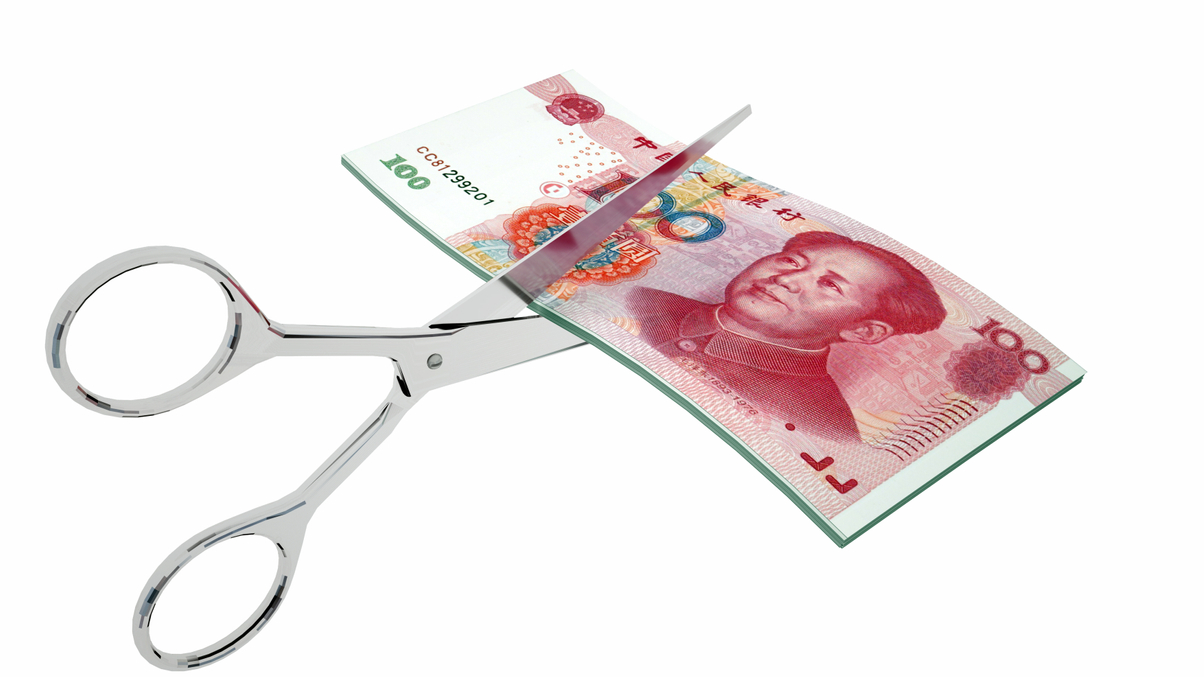Chinese MMFs seen shrinking further due to new rules
China's money market fund may see slower fund flows, as regulator releases new rules on mutual funds' liquidity management.

New rules to control mutual fund liquidity risks in China are set to hit the country’s money market funds (MMFs) hardest by making it tougher to attract outsourced bank money with bespoke products.
Sign in to read on!
Registered users get 2 free articles in 30 days.
Subscribers have full unlimited access to AsianInvestor
Not signed up? New users get 2 free articles per month, plus a 7-day unlimited free trial.
¬ Haymarket Media Limited. All rights reserved.


